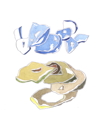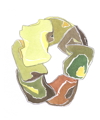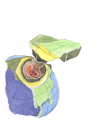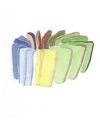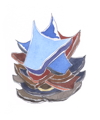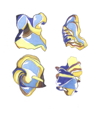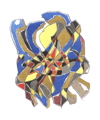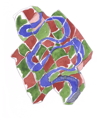
| What is a divination drawing? | Home | Own a divination drawing | Free email subscription |
June 2011

|
Fragments. Moments. Oxbows. |
| 6.1.2011 | |
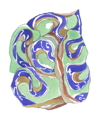
|
The river returning to bed. Cutting sediment. Breaking flow. Never for a second the same. |
| 6.2.2011 | |

|
Slightly curled phylogons naturally slip together; revealing why moments tend to stack and synchronize. |
| 6.3.2011 | |
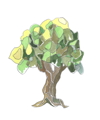
|
Tree logic: plant more trees. |
| 6.4.2011 | |
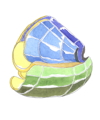
|
Phylogons nestled and slipping through time. |
| 6.5.2011 | |
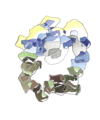
|
Sun above the clouds. |
| 6.6.2011 | |
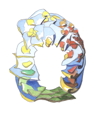
|
Things upset, settle down, ready for another round. |
| 6.7.2011 | |
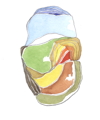
|
Digging deep. Sod. Topsoil. Sandy layer. Clay. Shale. Lots of rocks. Establishing new growth is a chore. |
| 6.8.2011 | |
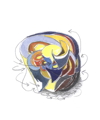
|
Sudden summer storms. Soaked in simple struggles. |
| 6.9.2011 | |
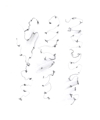
|
Why is it that as soon as it becomes something it needs to become something else? |
| 6.10.2011 | |
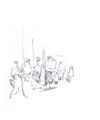
|
A quiet moment at the camp out devoted to a quick sketch. |
| 6.11.2011 | |
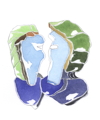
|
Transmission. Bonding. Lessons of the spirit. A look into yourself. Where's home? |
| 6.12.2011 | |
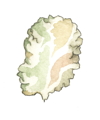
|
I know enough to know to be mindful but I don't know enough to be mindful. |
| 6.13.2011 | |
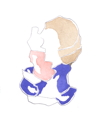
|
Mother and daughter. Living in other stories repositions the center of the world. |
| 6.14.2011 | |
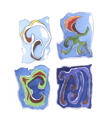
|
In the air? Suppressed emotions? Secret language? Too subconscious to source? |
| 6.16.2011 | |

|
Studies for staring into a crystal ball. |
| 6.17.2011 | |
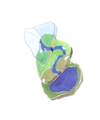
|
Flow through the phylogons completes what A. N. Whitehead calls "the formality of actually occurring." |
| 6.18.2011 | |
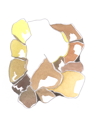
|
Not to point to the thing but to the nothing the thing points to. |
| 6.19.2011 | |
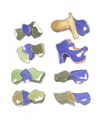
|
Land & water boundaries. |
| 6.20.2011 | |
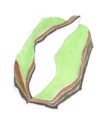
|
Something breaks and something else is whole. |
| 6.21.2011 | |
